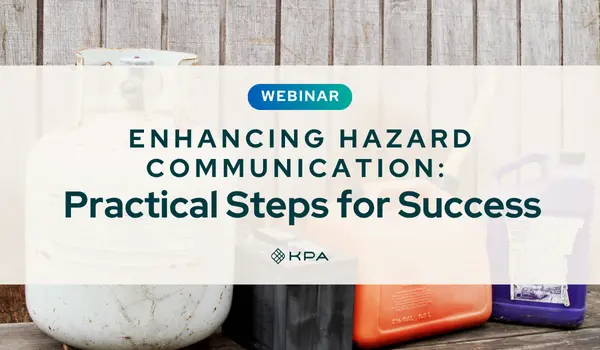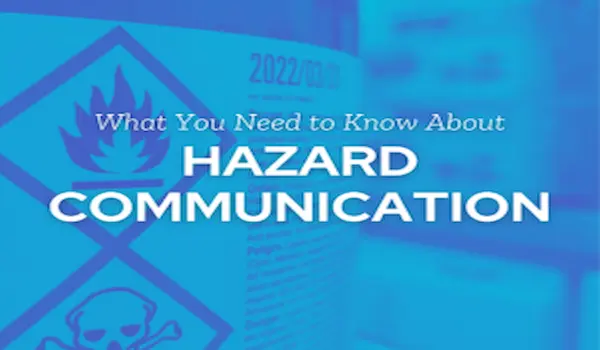No one knows exactly how many chemicals are present in American workplaces–but the estimates are staggering. The total number of chemical substances that have been registered in the Chemical Abstracts Service Registry reached 290 million in 2025. So perhaps it’s no surprise that hazard communication tops the list of most-cited OSHA violations.
And that’s tough on businesses. Sliding out of OHSA’s good graces costs companies millions annually, between fines, legal fees, and internal time and effort. The good news is most of these citations (and the related risk to workers) are avoidable.
OSHA’s standard 29 CFR 1910.1200 details the chemical information that employers need to communicate to employees. By following the Hazard Communication Standard (HCS), you’ll be able to rest easy about workers’ safety and be positioned to pass OHSA inspections with flying colors.
While chemicals have utility in the workplace, they can cause harm in the form of health hazards (e.g., carcinogenicity and sensitization), and physical hazards (e.g., flammability and reactivity properties).
To protect employees and reduce the occurrence of illnesses and injuries, employers need information about the dangers of the chemicals they use and recommended protective measures.
Workers have both a right and a need to know this information so they can take steps to protect themselves when necessary.

Enhancing Hazard Communication: Practical Steps for Success
Take your hazard communication program to the next level. This webinar focuses on actionable strategies to improve and sustain an effective hazard communication program.
Hazard Communication in 6 Simple Steps
How KPA Helps Strengthen Your Hazard Communication Program
KPA is here to help you maintain a comprehensive Hazard Communication program.
HazCom Written Program
KPA’s expert EHS consultants will help you develop a written program that is tailored to your business. It will include everything OSHA looks for including:
- A list of all the chemicals present in your workplace
- How and where employees can access Safety Data Sheets
- Identify the individual designated as responsible for the oversight of your program
Hazard Communication Awareness Training
KPA also provides online and on-site Hazard Communication training. Courses for both employees and managers cover how information about hazardous materials is communicated in the workplace. They also include information about how to read hazard labels and safety data sheets as well as the importance of the written program and training.
SDS Management
Ensuring your employees have quick and easy access to Safety Data Sheets may be the most important component of your Hazard Communication program. With KPA EHS you have access to a database of over 70 million datasheets. You can create your own SDS folders and custom SDS library with an easy to search interface. You’ll also have offline access and hardcopies to ensure all your staff can easily find SDSs. Finally, you can print pre-populated secondary container labels for GHS compliance.
Related Content
Explore more comprehensive articles, specialized guides, and insightful interviews selected, offering fresh insights, data-driven analysis, and expert perspectives.

